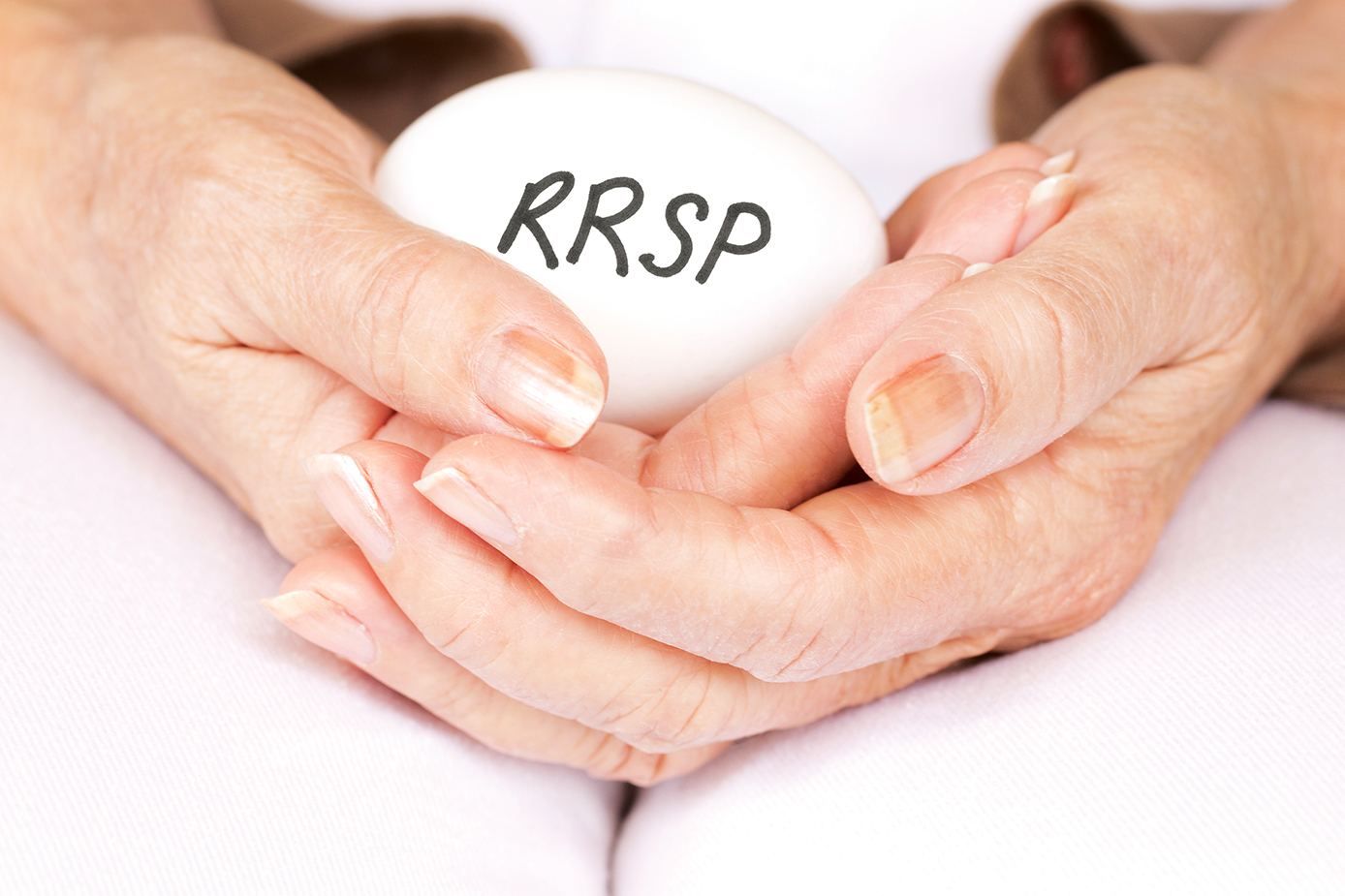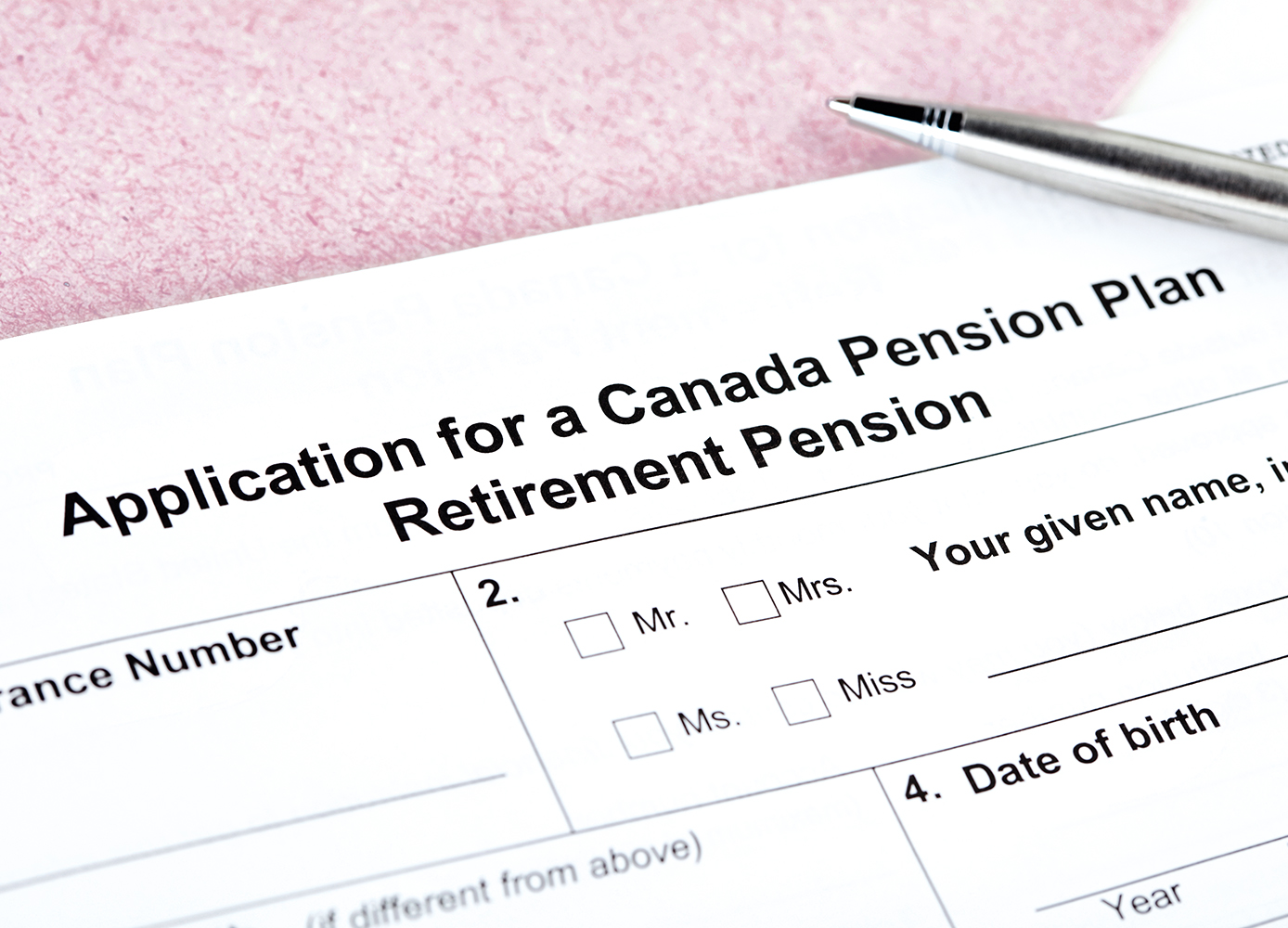If you’ll be eligible for the Guaranteed Income Supplement benefits, an RRSP is going to be a problem
In the regular feature Your Questions, Olev Edur provides answers to questions from our readers regarding their rights, personal finance, and estate planning. Here’s one on the effect of RRSP withdrawals on Guaranteed Income Supplement benefits.
Q. I’m a 68-year-old widow receiving Canada Pension Plan (CPP), Old Age Security (OAS), and Guaranteed Income Supplement (GIS) benefits, for a total of about $1,720 a month. I also have about $50,000 in mutual fund investments in an RRSP. I want to take that money out of the RRSP and put it into a TFSA because I understand that after I turn 71 and have to start withdrawing from the RRSP, doing so will reduce my GIS. I don’t understand how best to do this.
I’ve been told that if I take $10,000 from the RRSP, I’ll lose all my GIS, and if I take the whole $50,000 at once, I’ll lose all my pensions. What do you suggest?
A. I’m afraid there’s no avoiding the cost of withdrawing that RRSP money; sooner or later, every dollar you withdraw will reduce your GIS by 50 cents. This is why Good Times has long cautioned lower-income earners who might be eligible for GIS upon retirement to avoid RRSPs, and even in some cases to deplete existing RRSPs before reaching age 65 (when GIS eligibility begins).
Unfortunately, like thousands of other retirees, you’re now caught in the RRSP/GIS trap, so the challenge is getting that money out of the RRSP at minimum cost. How you do that will depend on factors including how much GIS you receive, how much your savings grow each year, and how long you anticipate needing income.
You don’t say how much of your monthly income of $1,720 is from each plan, so I’m going to assume you get the maximum monthly OAS benefit of $615.53 (as of early 2020) because you’ve lived in Canada most of your life, plus about $580 from CPP based on your work-related earnings, which would mean you’d be eligible for about $525 in GIS.
Under the current rules, you’ll have to move that RRSP money into a RRIF no later than the end of the year you
turn 71 and begin withdrawing a certain percentage of the total every year; at that age, the minimum withdrawal would be 5.28 per cent of plan assets. This percentage increases with age, while at the same time the remaining RRIF balance will gradually decline (assuming modest investment growth), so for simplicity, let’s assume you withdrew about $2,600 each year (5.28 per cent of $50,000). That would mean your GIS would be reduced by $1,300 a year, and over a span of, say, 20 years, the total loss would be $26,000.
If, on the other hand, you withdrew the entire $50,000 in one year, you’d lose all your GIS for the year and, based on your income plus this withdrawal, you’d have an income tax bill in your province of New Brunswick of about $13,220 (assuming you claimed the basic personal, age, and pension income credits). In other words, even after allowing for the loss of one year of GIS of $6,300 ($525 x 12) plus the added income tax of $13,220, for a $19,520 total cost, if you lived for another 20 years, you could gain almost $6,500 ($26,000 minus $19,520).
These are very rough figures based on assumptions about factors that may be unknown (such as future investment earnings), and they assume that you can make use of the TFSA cumulative contribution limit of $63,500 (plus $6,000 for 2020) to shelter the entire after-tax balance remaining from the RRSP withdrawal.
There’s also the question of how long you’ll need income, and although I’ve posited 20 years, there’s obviously no way to be certain. If you’re healthy and active, 20 years may be an underestimate, in which case the savings from this strategy could be even greater; if your health is not strong or you have a family history of later-stage illnesses, the reverse could be true and the savings could be less.
I suggest that you take this answer to a financial advisor, go through the calculations using more precise figures, and see where that takes you. My suspicion, however, is that if your health is reasonably good, you would come out ahead by collapsing the RRSP right away, even though there is a relatively high up-front price to pay.
Photo: iStock/eyetoeyePIX.






